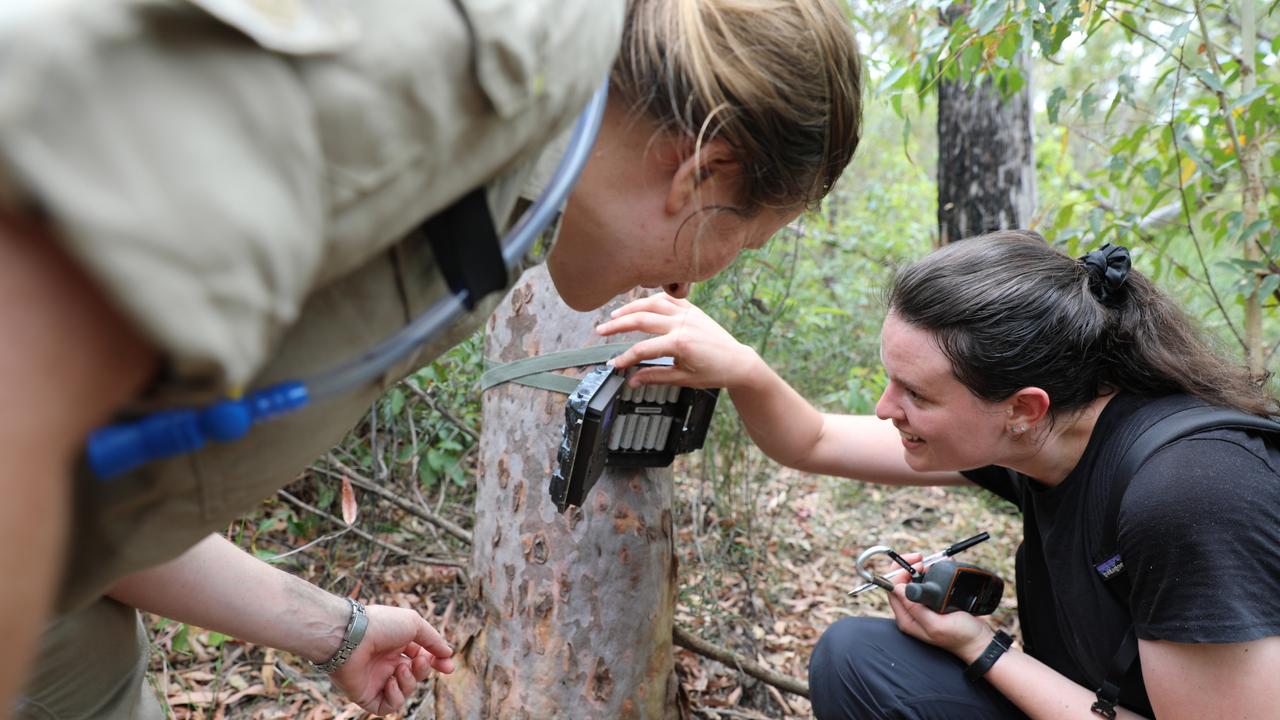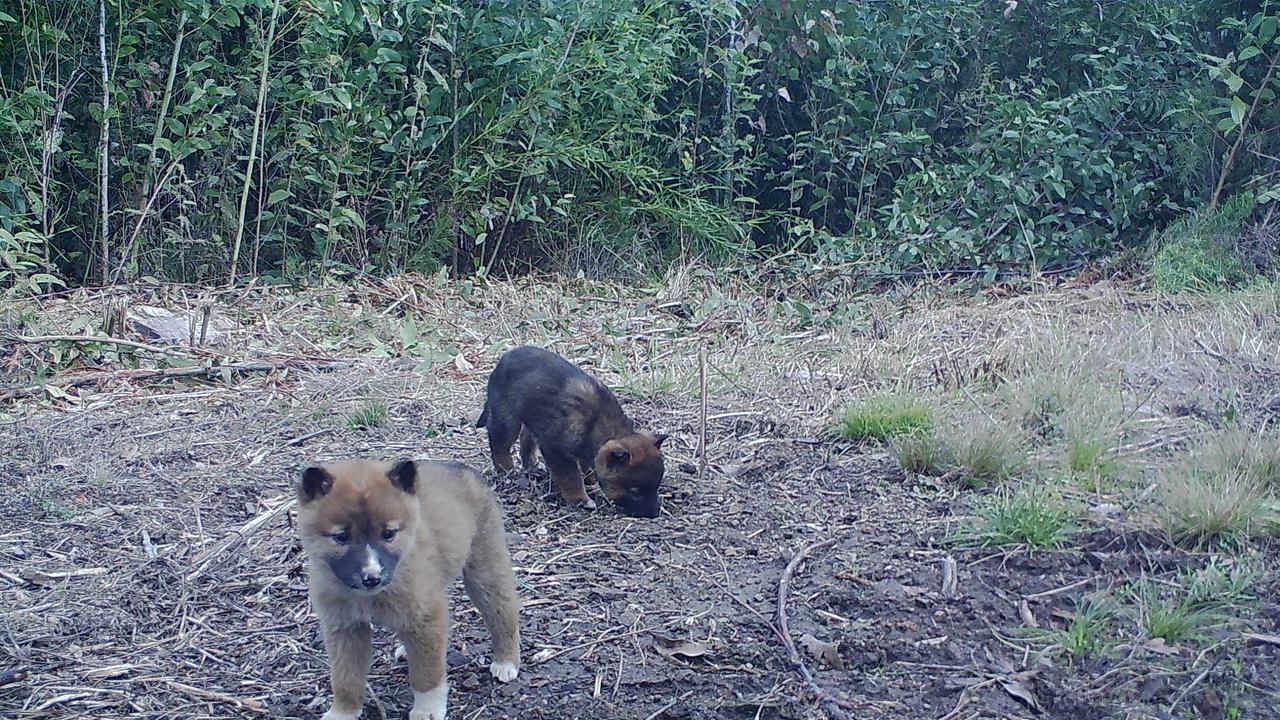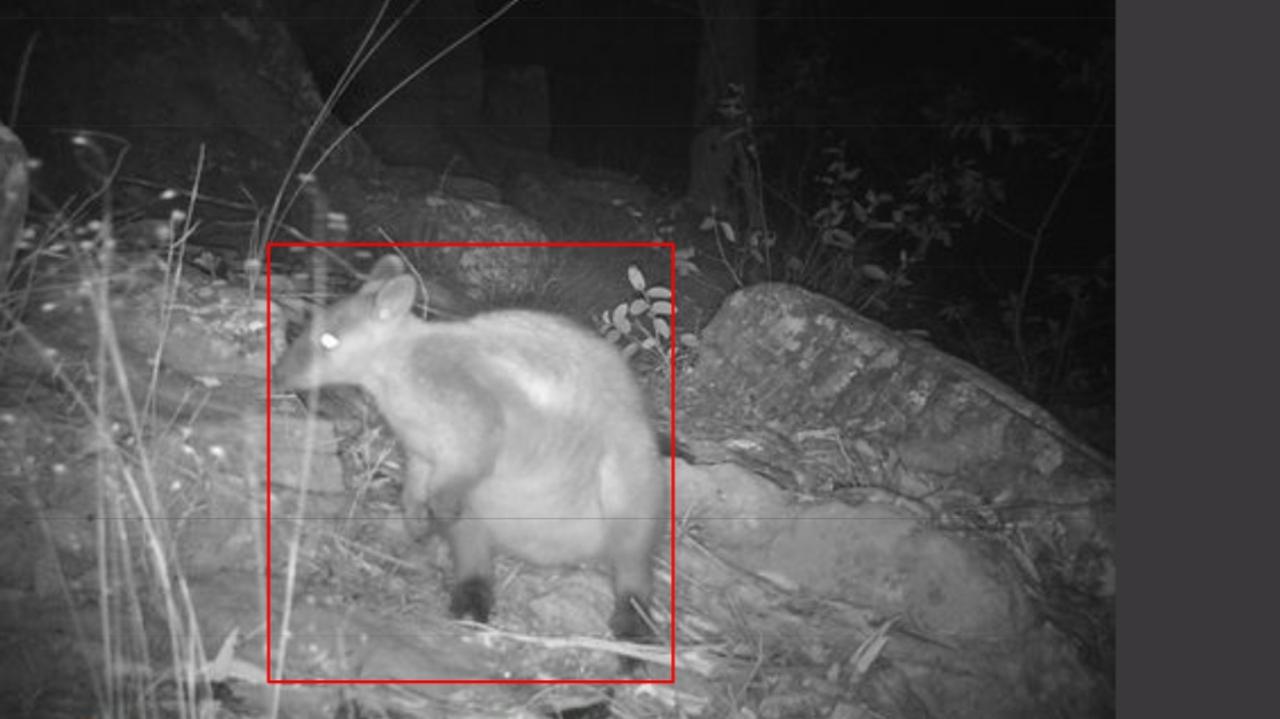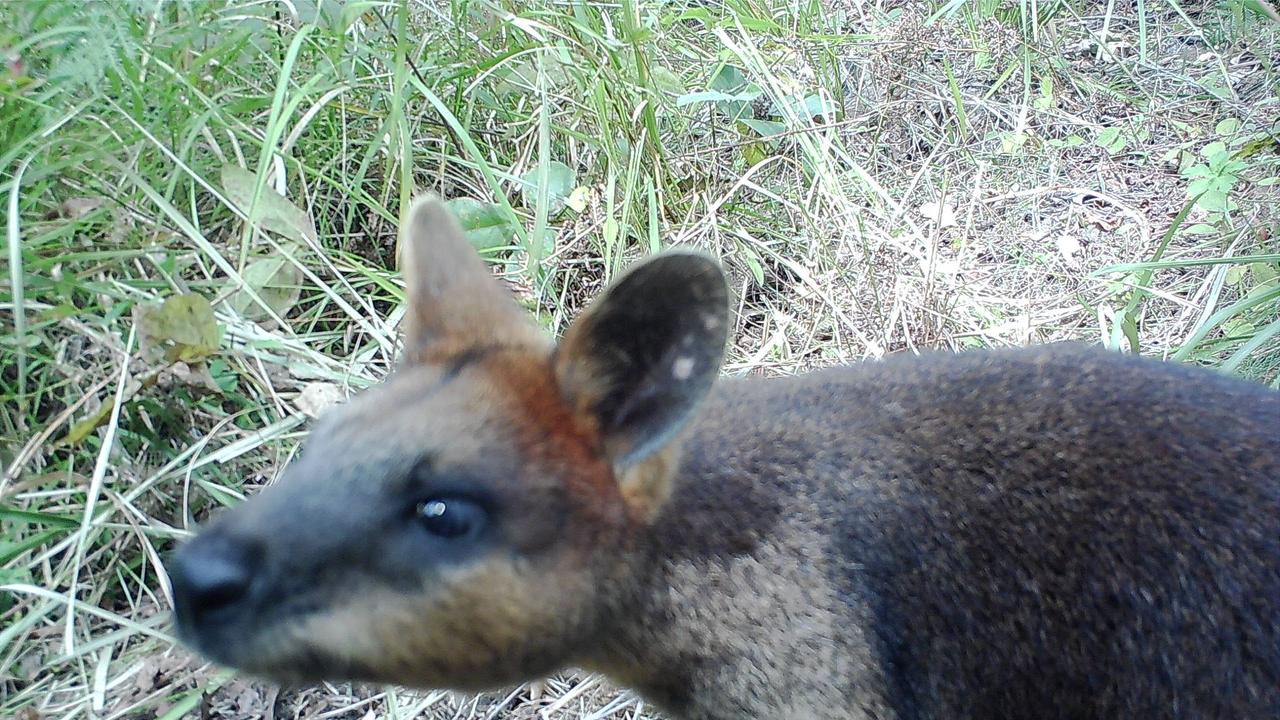Massive AI project reveals extent of wildlife recovery in bushfire-ravaged region as 7m images captured
A massive AI project which captured millions of wildlife images has shed light on the extent Australia’s fire-ravaged regions are healing since the Black Summer Bushfires.
Stunning images from a massive AI project have captured the extent Australia’s wildlife is healing years after devastating bushfires ravaged parts of the country.
More than 7m photos were taken during the Eyes on Recovery project – one of Australia’s largest sensor camera projects – from regions affected by the Black Summer bushfires over 2019-20.
Years after 90 per cent of the critically endangered Kangaroo Island dunnart’s habitat was destroyed, the project detected “encouraging” numbers at almost every site where the cameras were set up.
Other uplifting images include koalas photographed surviving in parts of the Blue Mountains and South East Queensland where the entire forest canopy was severely burnt.


Previously unrecorded colonies of brush-tailed rock wallabies were also discovered in fire-ravaged habitat in Northern NSW.
Normally solitary echidnas were also captured performing an echidna train – a rarely-witnessed mating ritual involving multiple amorous males following a female for weeks.
The project also reinforced the invasive species problem in Australia with captured images of foxes, feral cats and pigs, and even a cane toad in Northern NSW.
The detection is aiming to help inform plans for dealing with invasive species in bushfire areas.
The Eyes on Recovery project is a collaboration between World Wildlife Fund (WWF), Conservation International and local land managers and research organisations.
They were also supported by Google.
AI technology was trained to identify more than 150 Australian animals to track the recovery of threatened species following the 2019-20 bushfires.

Researchers collected more than 7m photos from sensor cameras installed in eight fire-affected regions, including the Blue Mountains, Hunter and Central Coast, North Coast, south coast and the Southern Ranges in NSW, East Gippsland, Kangaroo Island and South East Queensland.
Dr Emma Spencer, WWF-Australia’s Eyes on Recovery Program Coordinator said it’s the first time the platform has been tested on Australian wildlife.

“The AI model had never seen Australia’s unique animals before, so when we started uploading images it was identifying wombats as pigs and kangaroos as deer,” she said.
“Now, after training, the model can recognise species like eastern grey kangaroos, wombats, koalas and spotted-tailed quolls with more than 90 per cent accuracy.”
More than 4m pre-identified photos of Australian animals were uploaded to Wildlife Insights to train the platform.



